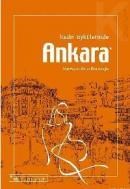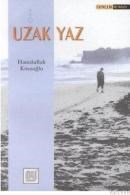Ottoman Empire (2013)
\'House of Islam\' and the \'House of War\' with the Ottoman Sultan - successor to the early Caliphs - as supreme ruler of the Islamic vvorld. However, in this ground-breaking study of the Ottoman Empire in the early modern period, Suraiya Faroqhi demonstrates that there was no \'iron curtain\' between the Ottoman and \'other\' worlds but rather a long-established network of connections - diplomatic. trading and financial, cultural and religious. These extended beyond regional contacts to the empires of Asia and the burgeoning\'modern\' states of Europe - England, France, the Netherlands andVenice. Of course, military conflict was a constant factor in these relationships, but the overriding reality was \'one vvorld\' and contact betvveen cultured and pragmatic elites - even \'gentlemen travelling for pleasure\' - as well as pilgrimage and close artistic contact vvith the EuropeanRenaissance.















